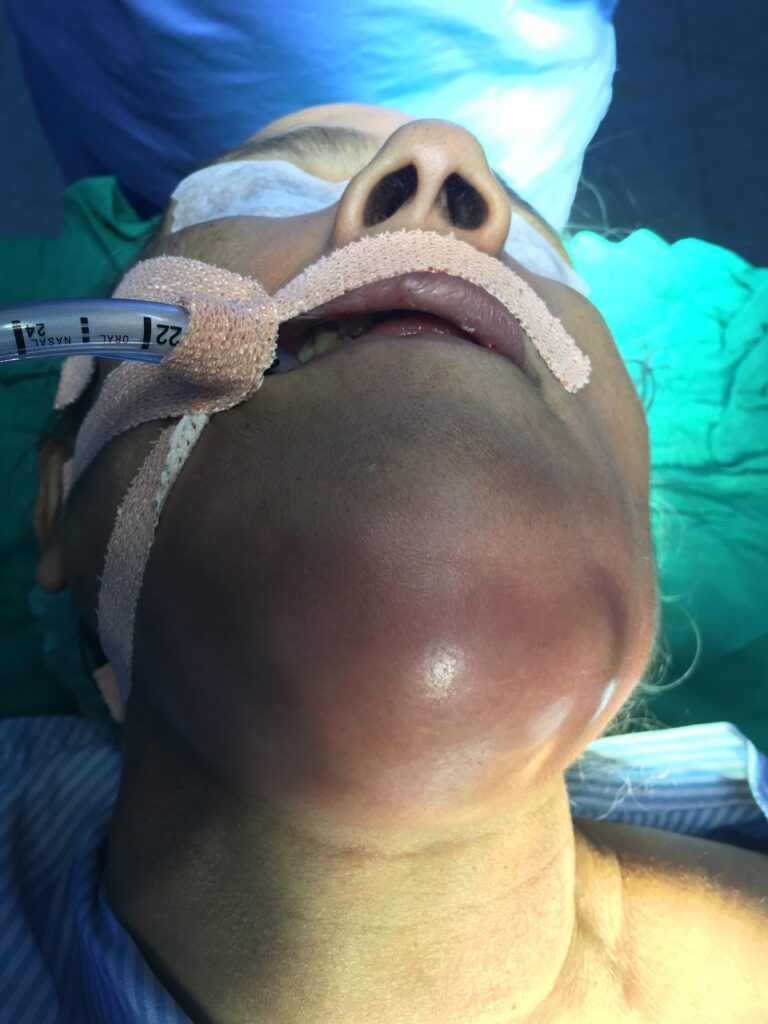A Peptococcus liver abscess is a rare yet critical subtype of pyogenic hepatic abscess, caused by Peptococcus species, which are gram-positive anaerobic cocci. These organisms are part of the normal flora of the oral cavity, gastrointestinal tract, and genitourinary tract, but can become pathogenic when translocated to the liver. Their presence typically indicates a polymicrobial infection, often coexisting with other anaerobes or facultative bacteria.

Etiology and Pathogenesis: How Peptococcus Invades the Liver
Peptococcus species typically reach the hepatic parenchyma through the portal vein, biliary tree, or via hematogenous spread from distant infections. Rarely, direct extension from adjacent structures such as the colon or gallbladder may also occur.
Routes of Infection:
- Portal vein spread from gastrointestinal infections (e.g., diverticulitis, appendicitis)
- Ascending cholangitis due to biliary obstruction
- Systemic bacteremia from dental, pelvic, or skin infections
- Trauma or post-surgical inoculation
Pathophysiology:
Once in the liver, Peptococcus bacteria exploit the low-oxygen microenvironment to proliferate, forming suppurative necrotic cavities filled with pus, surrounded by inflammatory tissue. These abscesses may remain localized or coalesce into larger multiloculated masses.
Risk Factors and Patient Demographics
Peptococcus liver abscesses primarily affect immunocompromised individuals and patients with underlying comorbidities.
Common Risk Factors:
- Diabetes mellitus
- Malignancies (especially gastrointestinal)
- Chronic liver disease
- Biliary obstruction or cholangitis
- Immunosuppression (e.g., corticosteroids, HIV)
- Recent abdominal surgery or trauma
- Poor dental hygiene
Clinical Presentation: Symptoms of Peptococcus-Induced Liver Abscess
Symptoms are often nonspecific and may develop gradually. Due to the insidious nature of anaerobic infections, diagnosis is frequently delayed.
Key Clinical Features:
- Right upper quadrant abdominal pain
- Fever with chills and night sweats
- Anorexia and weight loss
- Nausea and vomiting
- Tender hepatomegaly
- Jaundice (in biliary involvement)
- Respiratory symptoms (e.g., pleuritic pain or effusion due to diaphragmatic irritation)
In elderly or debilitated patients, symptoms may be subtle, often manifesting as lethargy, confusion, or sepsis.
Diagnostic Evaluation: Identifying Anaerobic Liver Abscesses
Timely diagnosis of Peptococcus liver abscess relies on a structured combination of laboratory, imaging, and microbiological studies.
Laboratory Investigations:
- Complete Blood Count (CBC): Leukocytosis with neutrophilia
- Liver Function Tests: Elevated ALT, AST, ALP, and bilirubin
- Inflammatory Markers: Raised CRP and ESR
- Blood Cultures: Should include anaerobic bottles; may be positive in ~50% of cases
Imaging Techniques:
- Ultrasound (USG)
- First-line imaging
- Hypoechoic or complex cystic lesions in the liver
- Contrast-Enhanced CT Scan
- Gold standard for delineating abscess size, number, and loculations
- May show peripheral rim enhancement (“double target sign”)
- MRI
- Helpful in differentiating abscess from cysts or tumors
Microbiological Confirmation:
- Aspiration and Culture of Abscess Content
- Obtain via USG or CT-guided percutaneous aspiration
- Requires strict anaerobic transport and culture techniques
- Peptococcus identified by morphology and biochemical reactions (e.g., catalase-negative, indole-negative)
Differential Diagnosis
Due to nonspecific presentation, it is critical to differentiate Peptococcus liver abscess from other hepatic pathologies.
| Condition | Distinguishing Features |
|---|---|
| Amoebic Liver Abscess | Serology positive, single lesion, travel history |
| Hepatic Hydatid Cyst | Calcified walls, eosinophilia, positive Echinococcus test |
| Hepatocellular Carcinoma | Elevated alpha-fetoprotein, arterial enhancement on imaging |
| Tuberculous Liver Abscess | Chronicity, caseating necrosis, positive TB markers |
Treatment Strategy: Management of Peptococcus Liver Abscess
Effective management requires targeted antimicrobial therapy, abscess drainage, and treatment of any underlying pathology.
Antibiotic Therapy
Initial therapy should include coverage for anaerobes and other likely pathogens until culture results are available.
Empirical Regimens:
- Clindamycin 600–900 mg IV every 8 hours
- Metronidazole 500 mg IV every 8 hours (excellent anaerobic coverage)
- Beta-lactam/beta-lactamase inhibitors such as:
- Piperacillin-tazobactam 4.5 g IV every 6–8 hours
- Ampicillin-sulbactam 3 g IV every 6 hours
Once cultures confirm Peptococcus, therapy should be narrowed accordingly. Duration typically spans 4–6 weeks, starting with intravenous antibiotics followed by oral continuation based on clinical and radiological response.
Interventional Procedures:
- Percutaneous catheter drainage (PCD) under CT/USG guidance
- Needle aspiration for small, unilocular abscesses
- Surgical drainage in multiloculated or ruptured abscesses
Prognosis and Clinical Outcomes
With timely intervention, Peptococcus liver abscess carries a favorable prognosis, although delayed diagnosis increases the risk of complications.
Favorable Prognostic Factors:
- Early imaging and drainage
- Rapid antibiotic initiation
- Absence of comorbidities or sepsis
Potential Complications:
- Septic shock
- Rupture into peritoneum or pleural space
- Chronic abscess formation
- Biliary fistula
- Hepatic failure (in severe or multiple abscesses)
Prevention and Risk Mitigation
Reducing the incidence of Peptococcus liver abscess involves a focus on infection control, dental hygiene, and management of primary GI or biliary diseases.
Preventive Measures:
- Prompt treatment of intra-abdominal infections
- Management of biliary obstructions
- Antibiotic prophylaxis in high-risk surgeries
- Oral and dental care, especially in immunocompromised individuals
- Routine follow-up imaging post-treatment to ensure resolution
Peptococcus liver abscess is a rare but significant clinical entity requiring high suspicion, especially in immunocompromised patients with systemic or GI infections. Accurate diagnosis relies on anaerobic cultures, cross-sectional imaging, and guided aspiration. Early, aggressive therapy combining anaerobic-targeting antibiotics with interventional drainage leads to successful resolution and prevents long-term hepatic damage. Due to its insidious onset and diagnostic challenges, clinicians must remain vigilant in cases of unexplained hepatic lesions with systemic signs of infection.